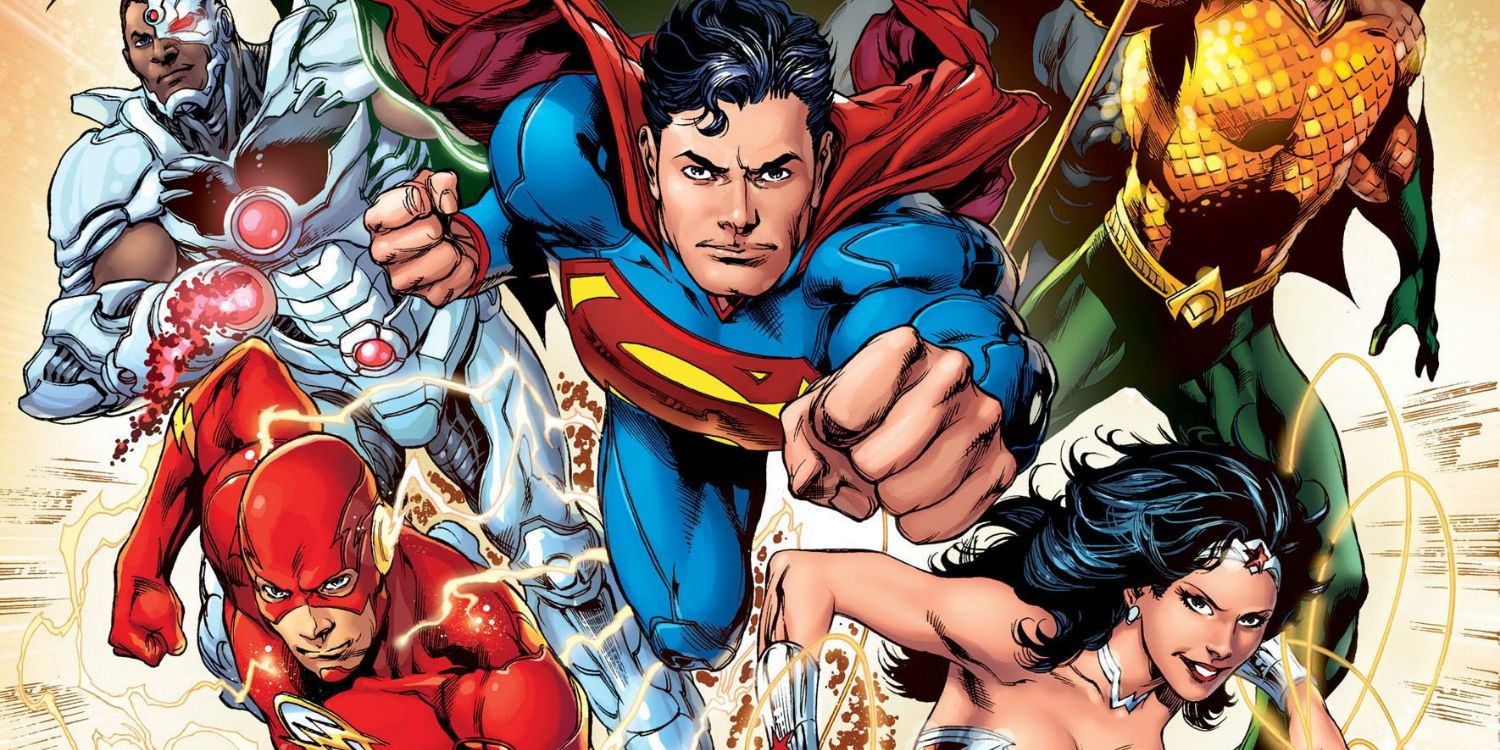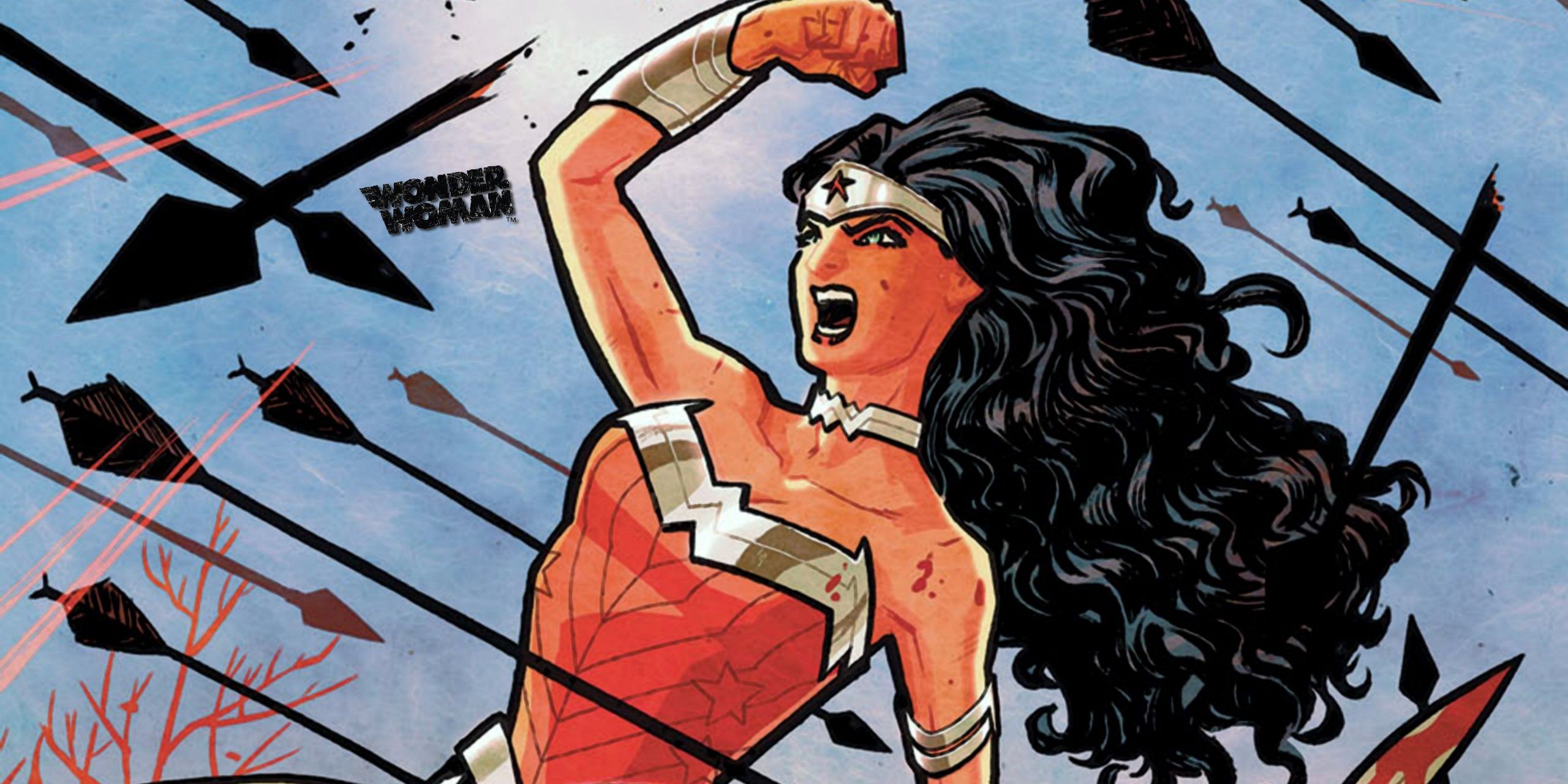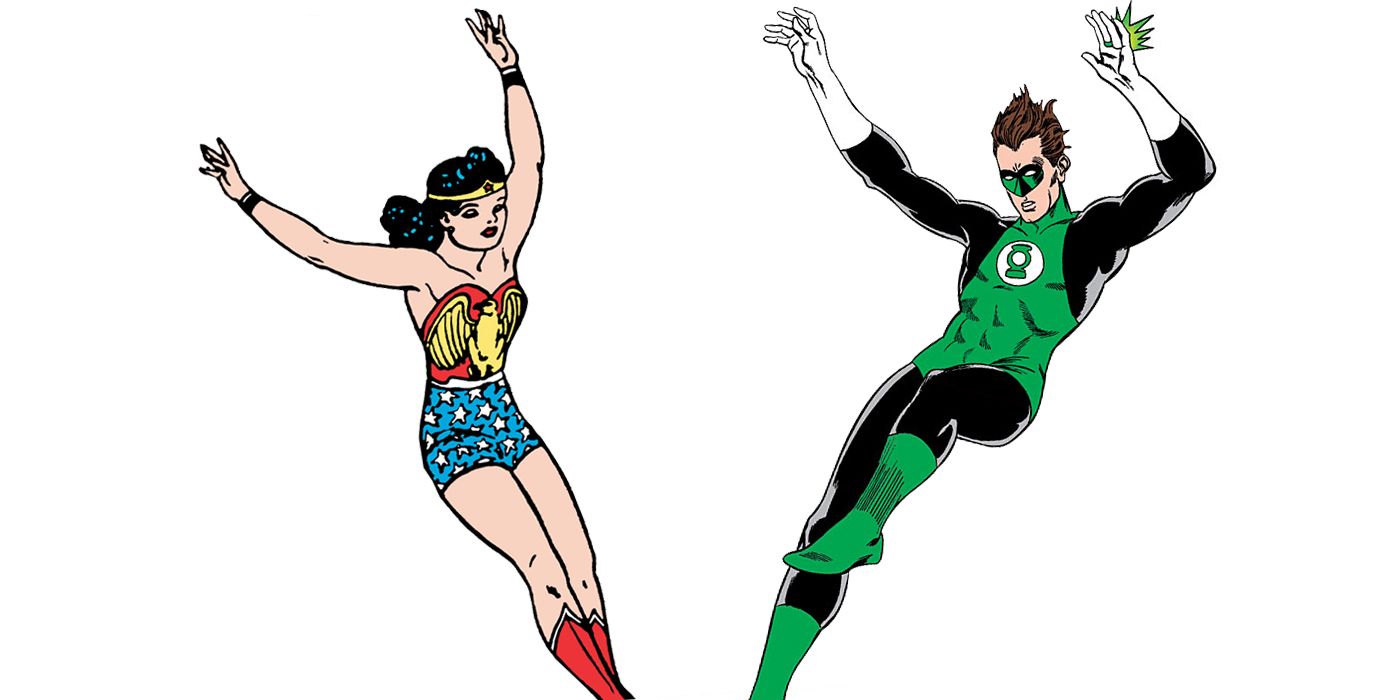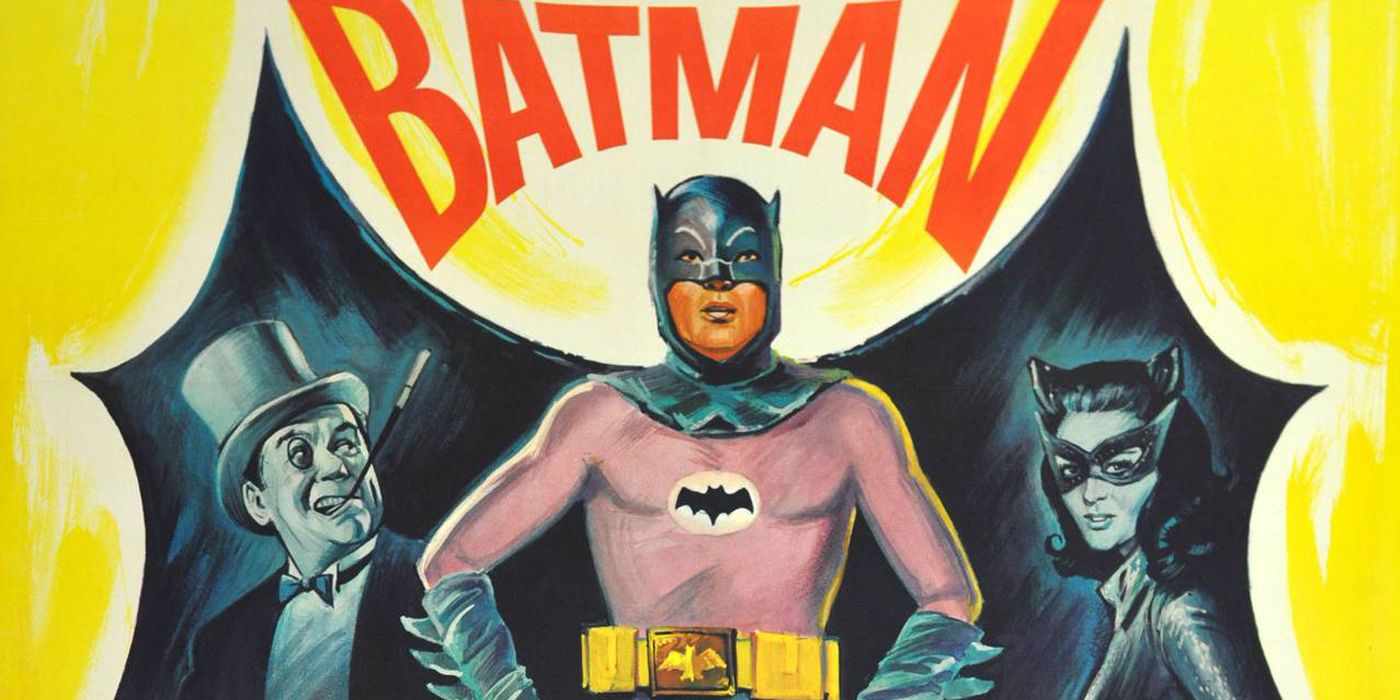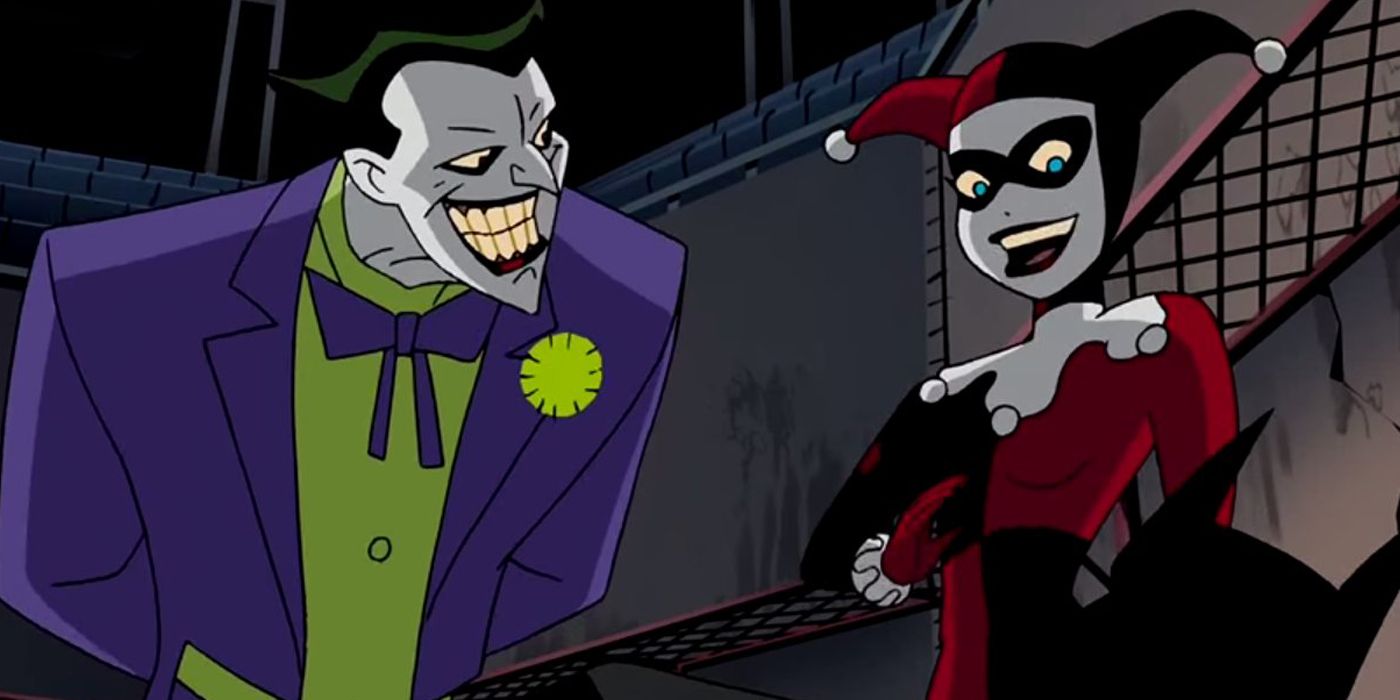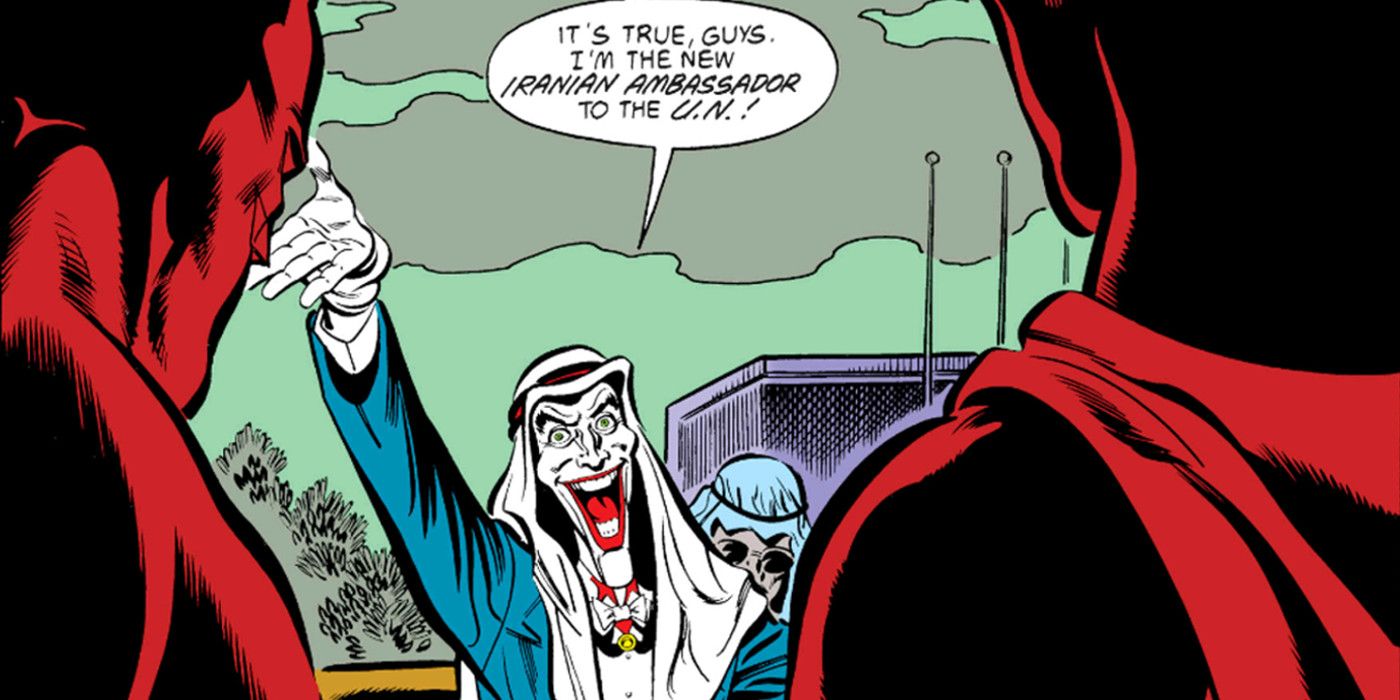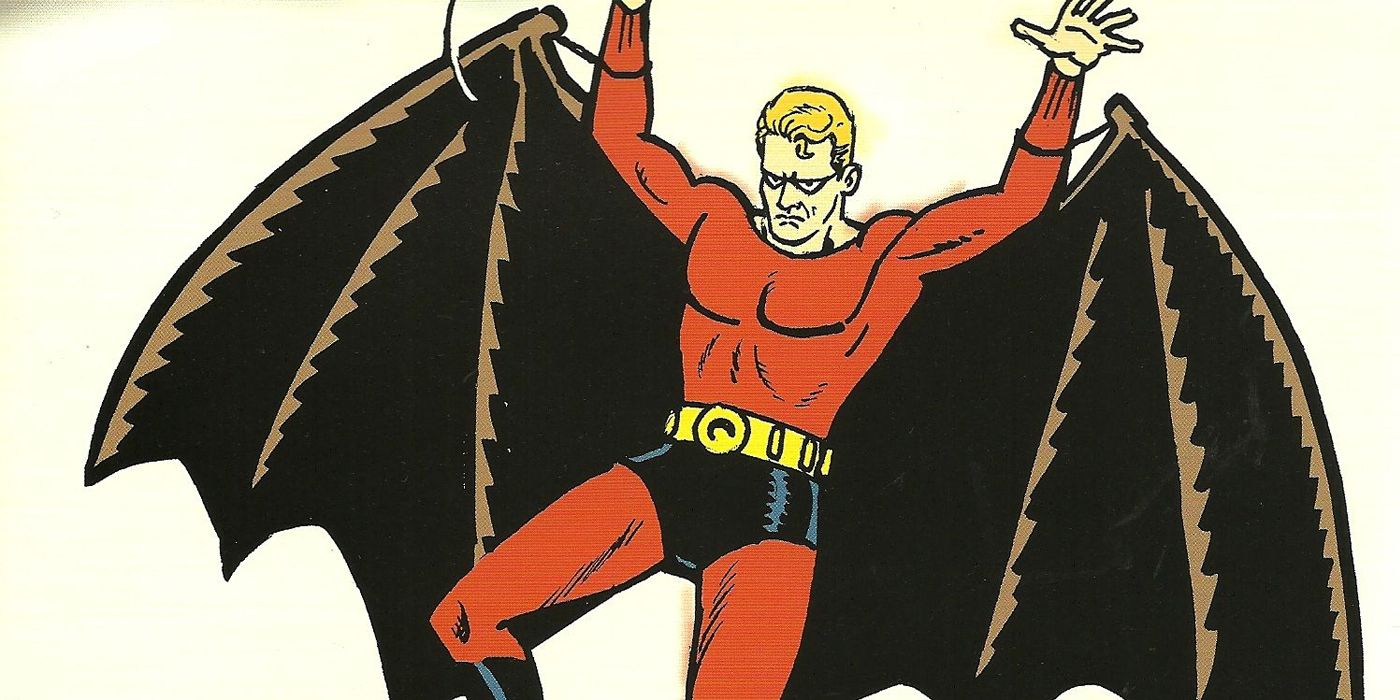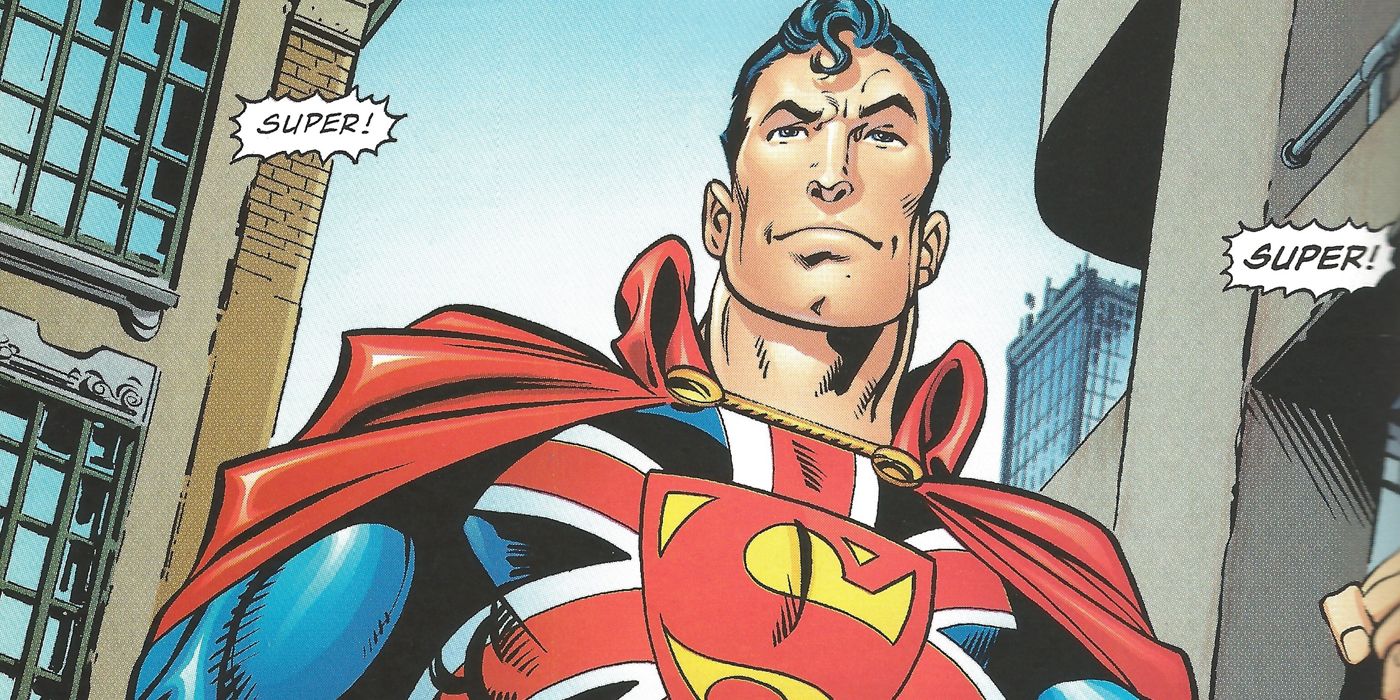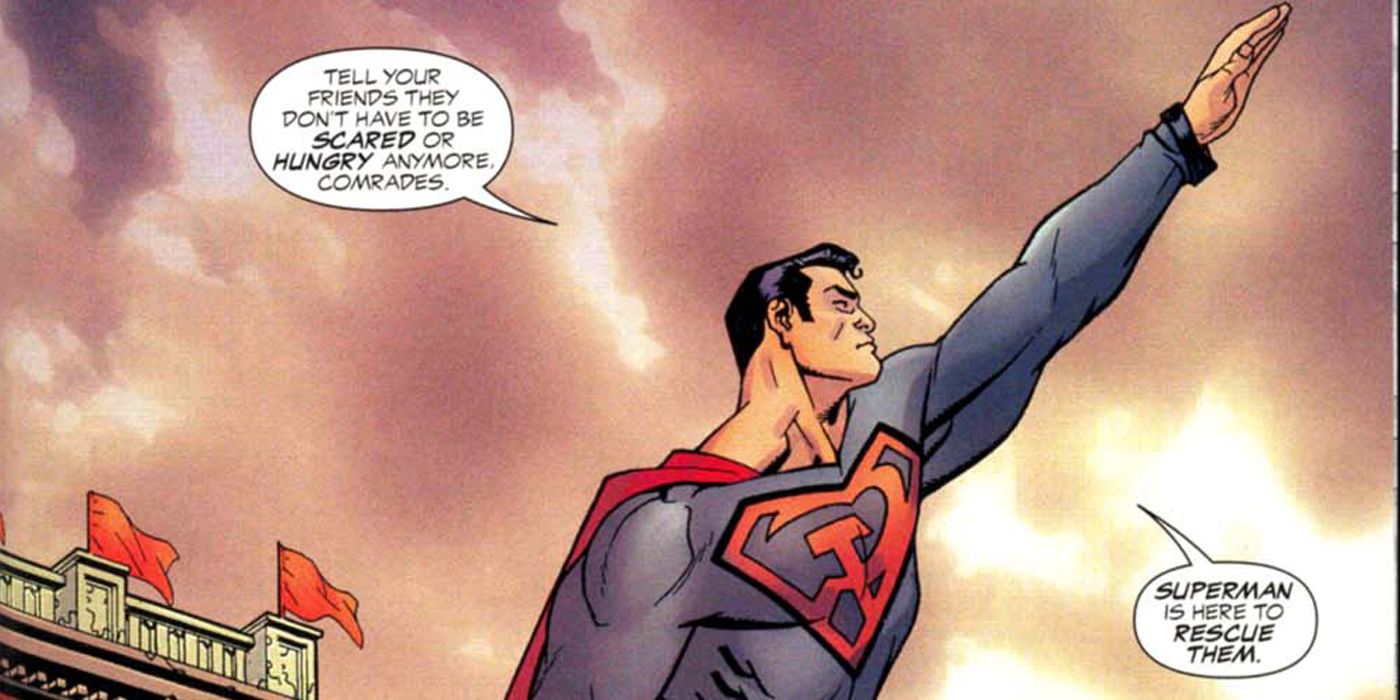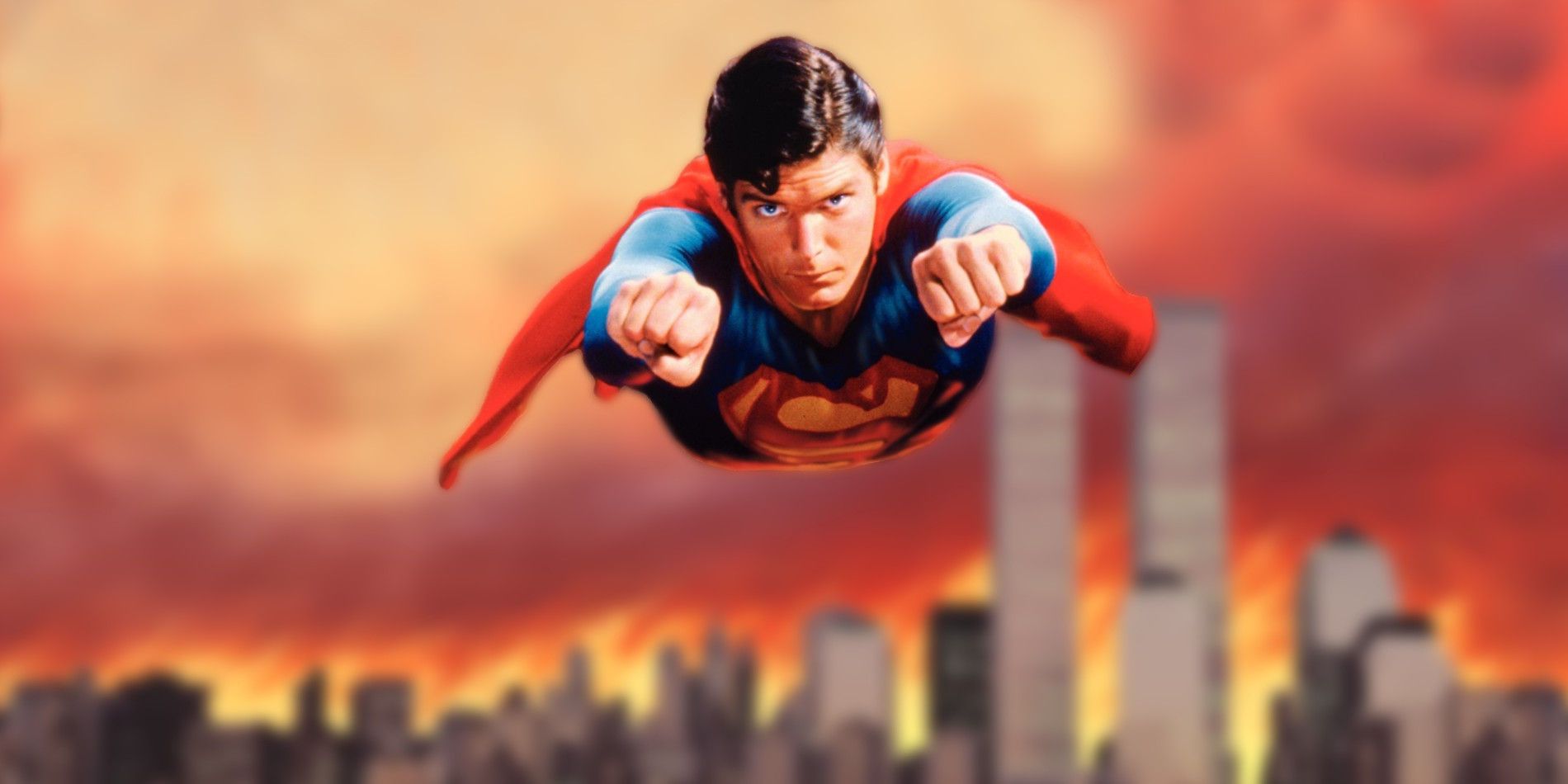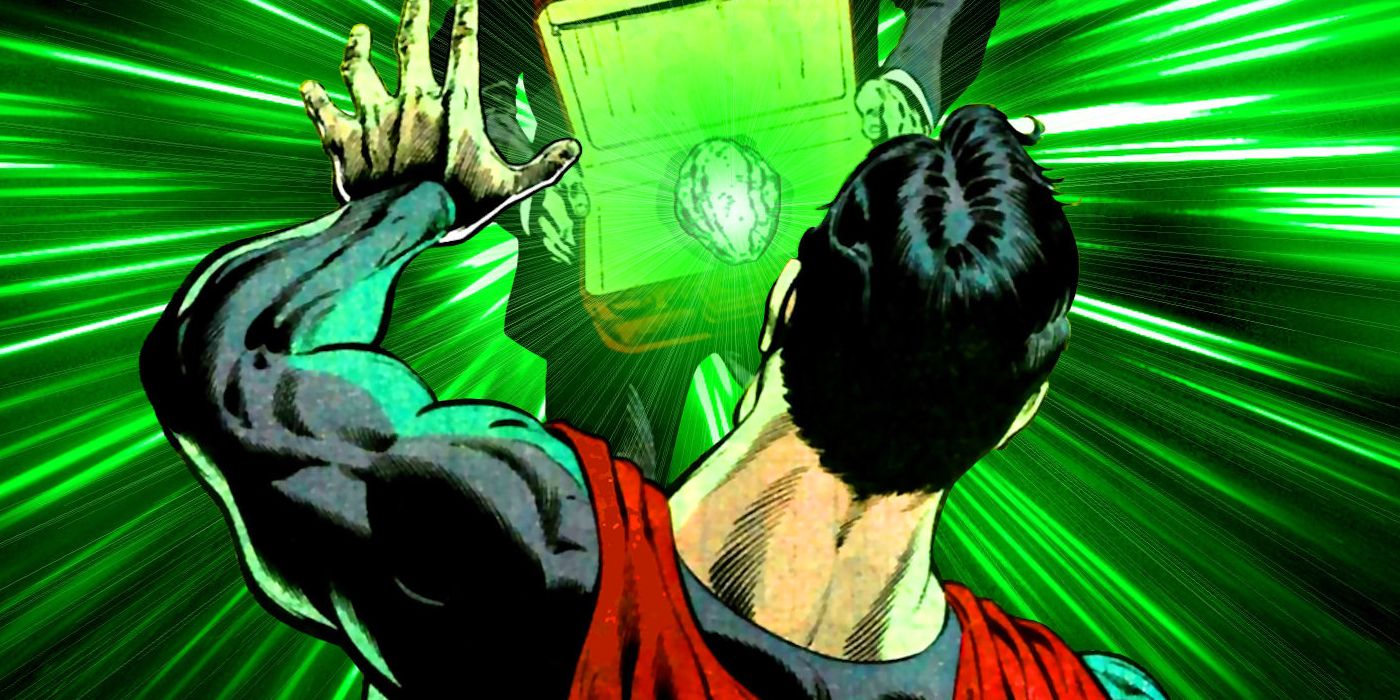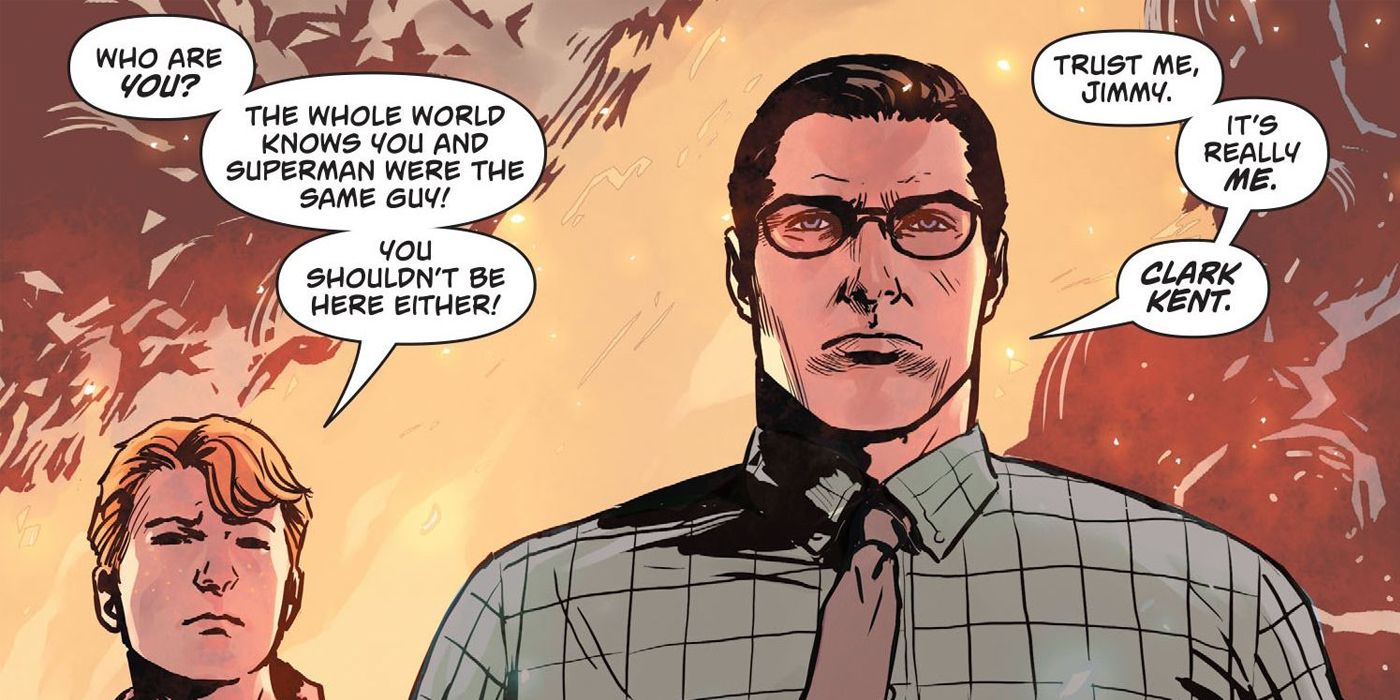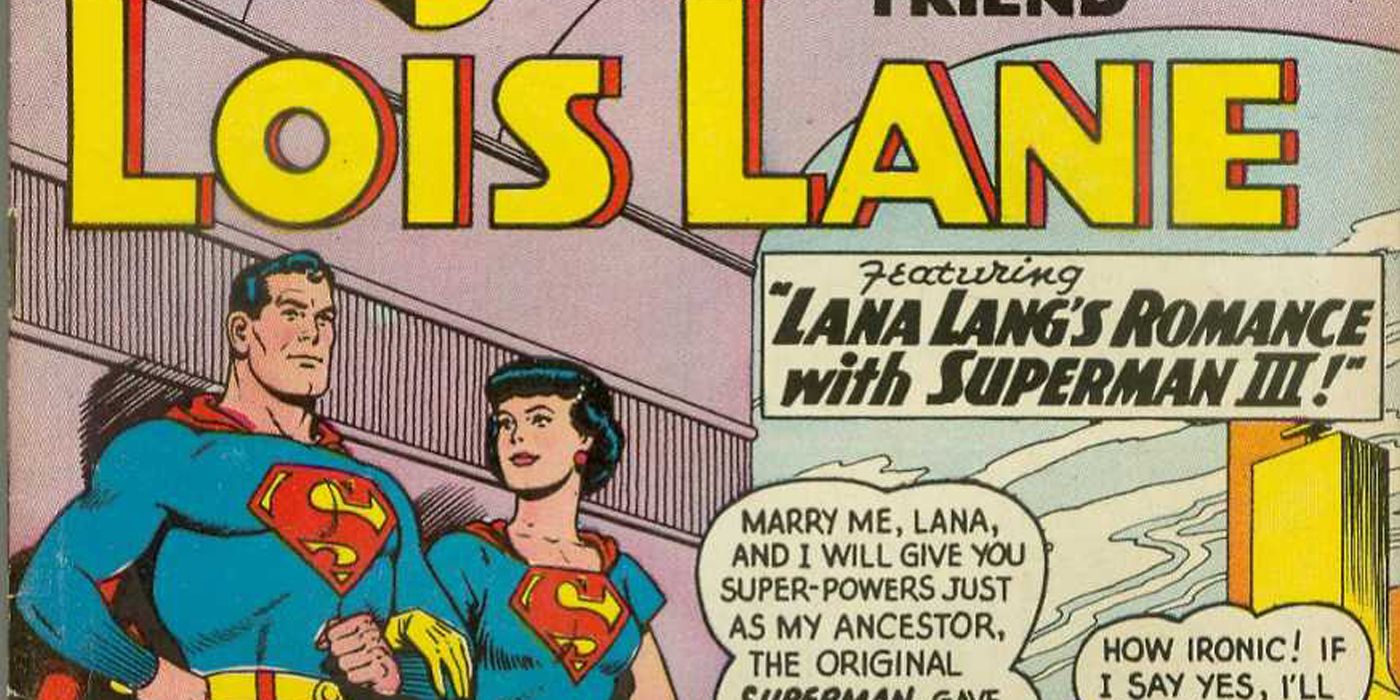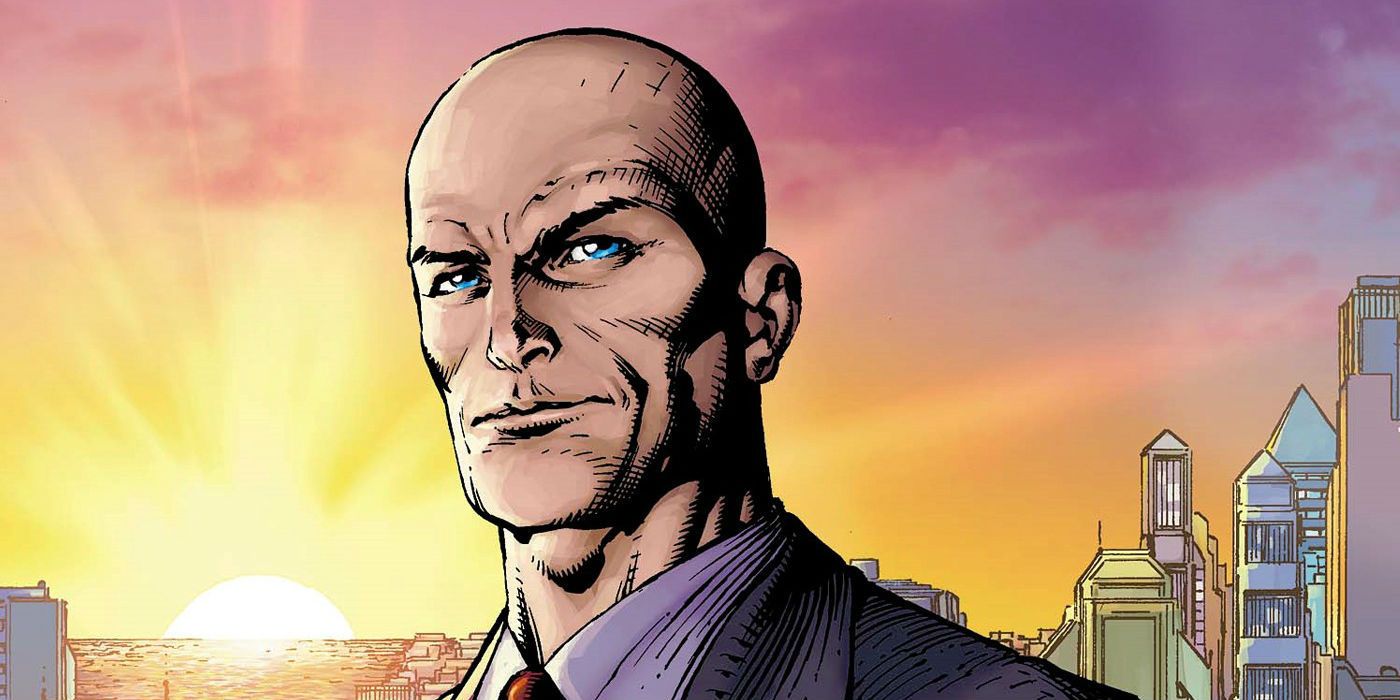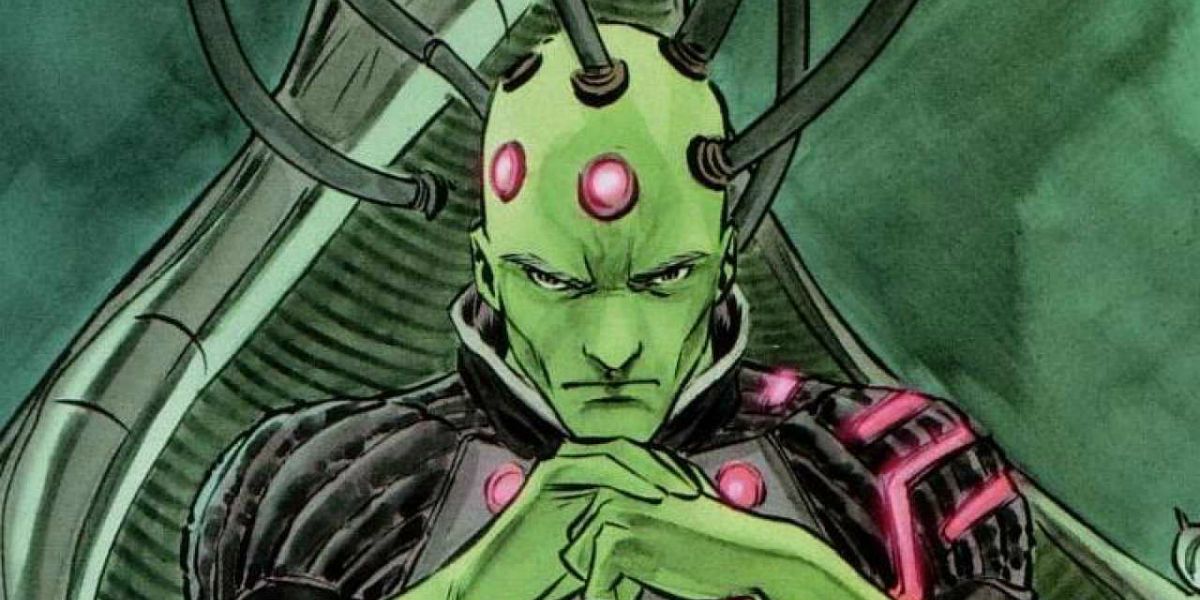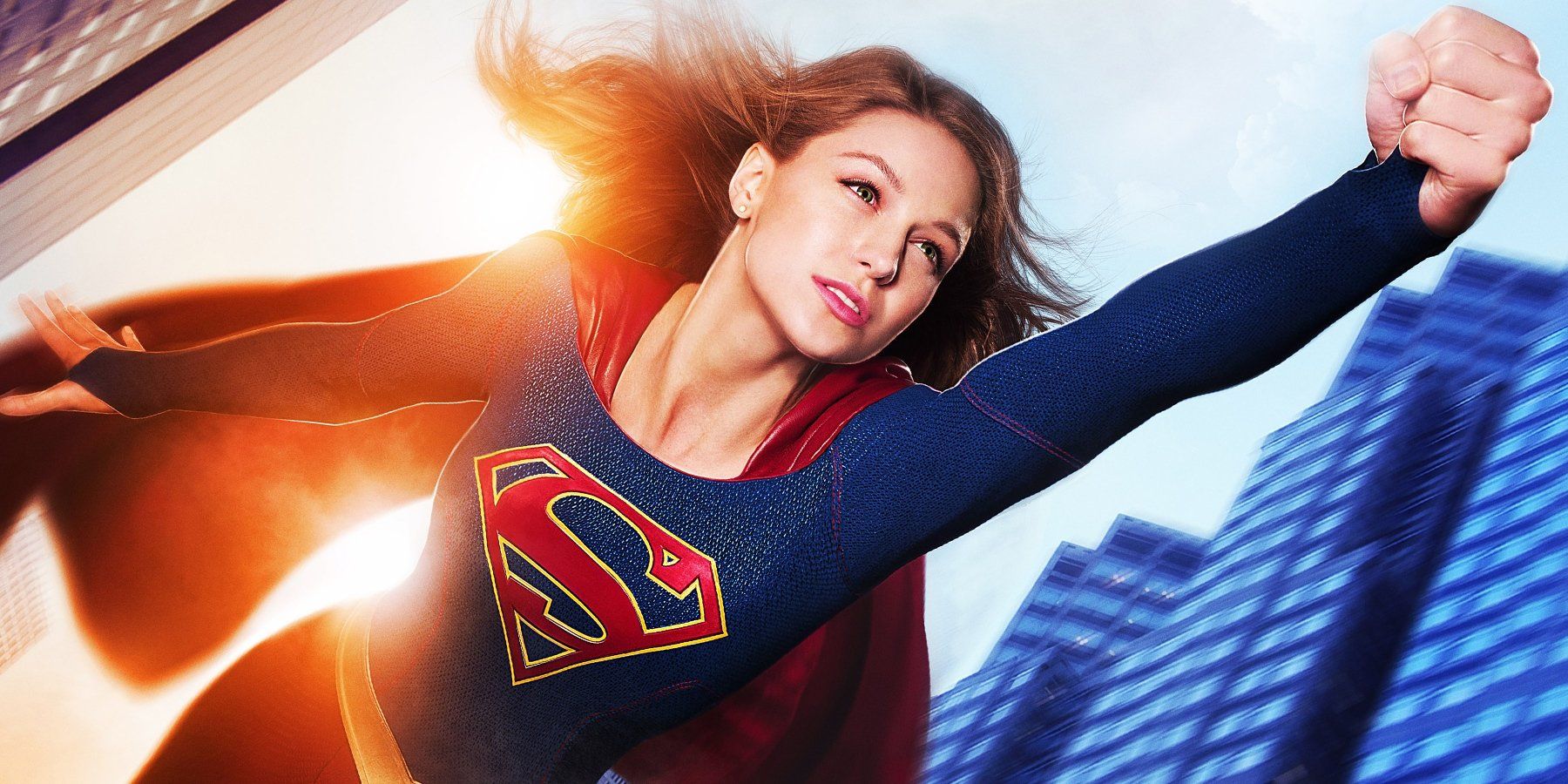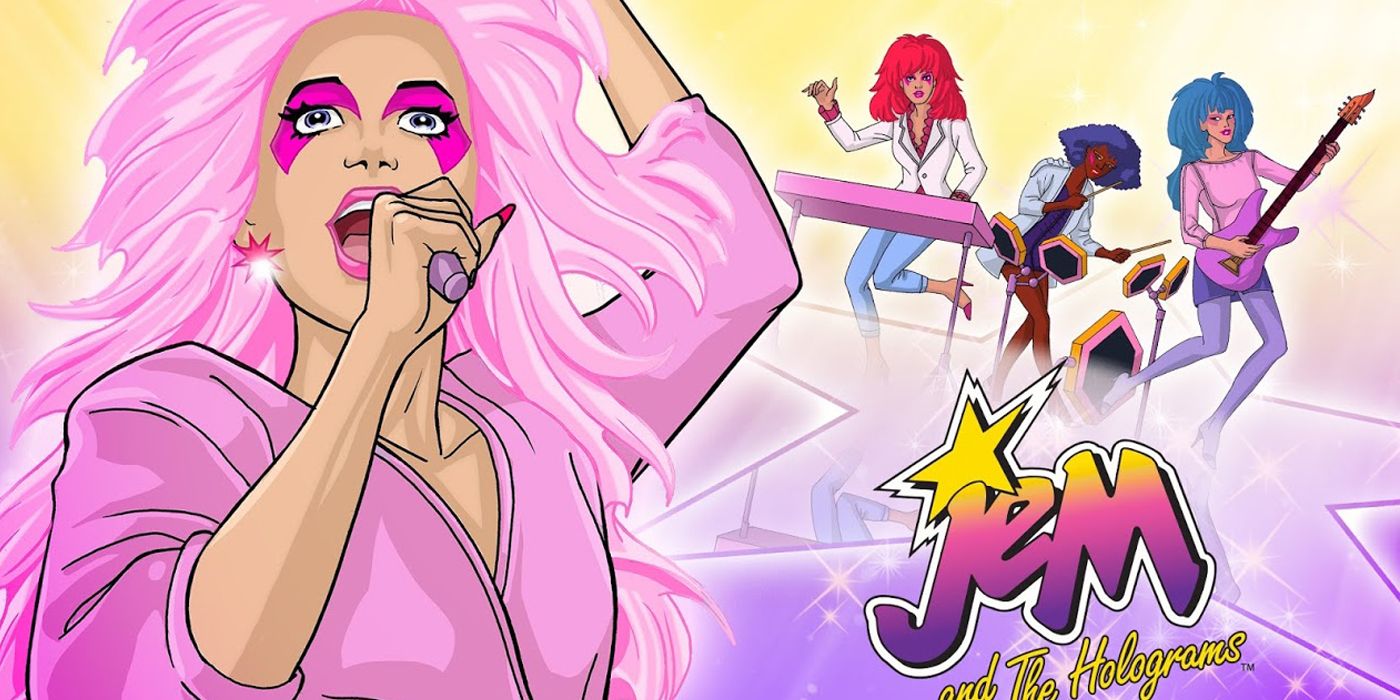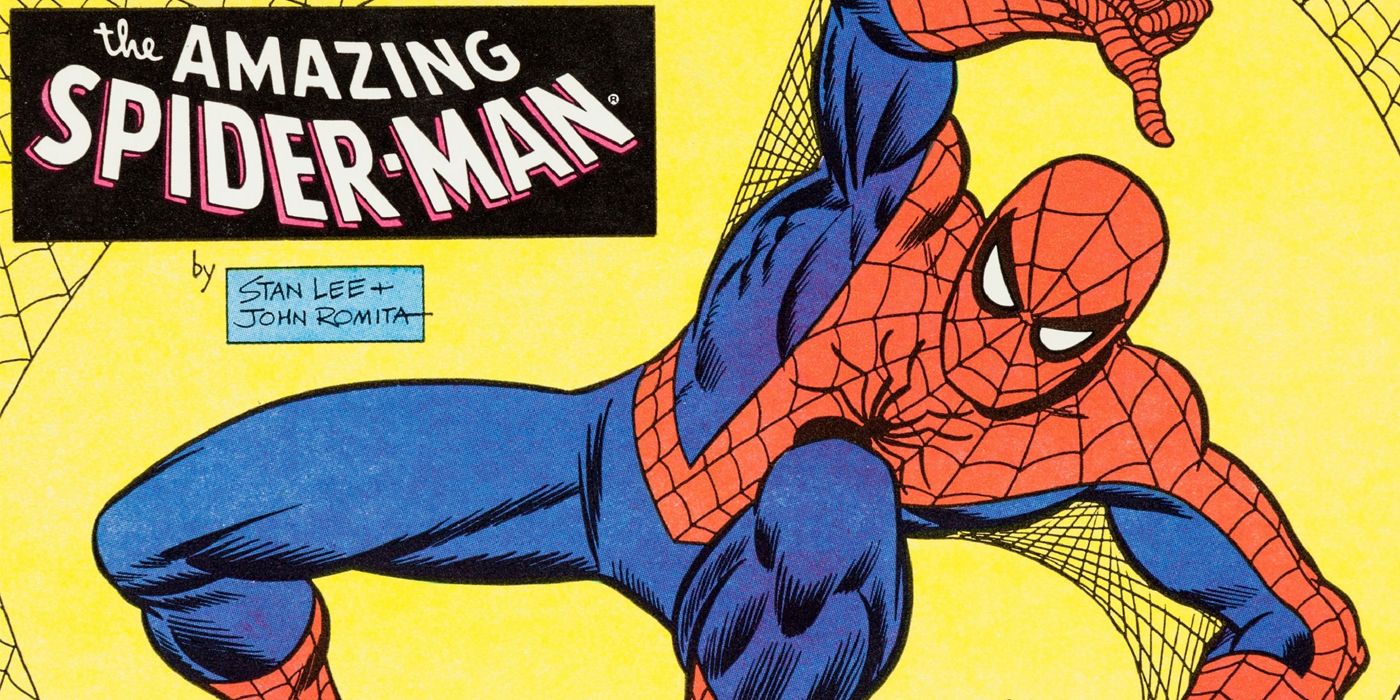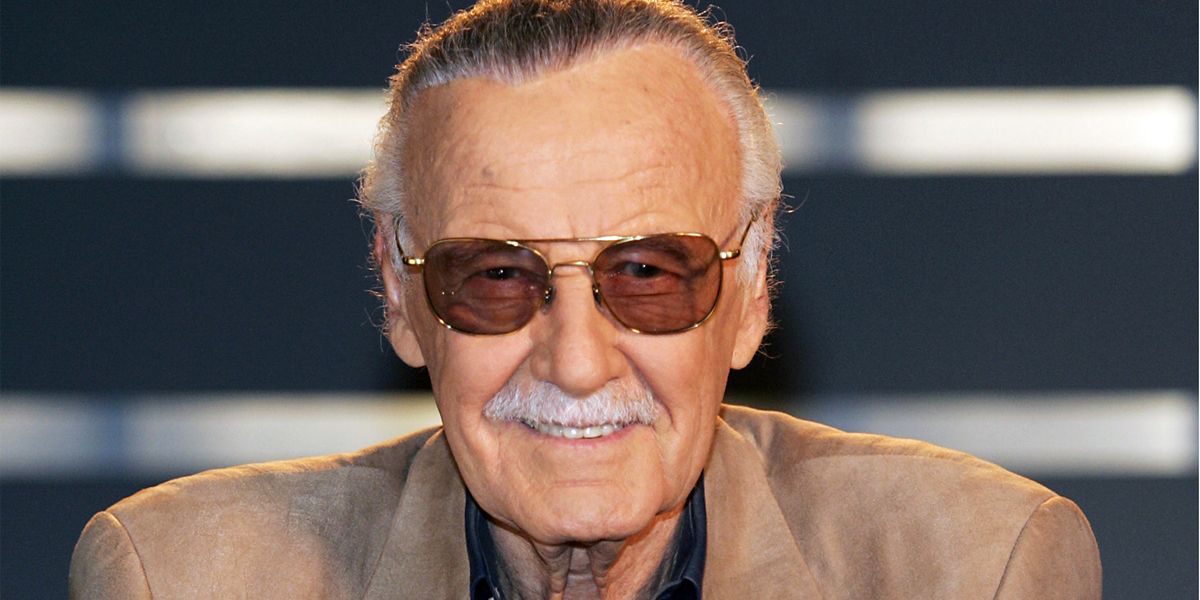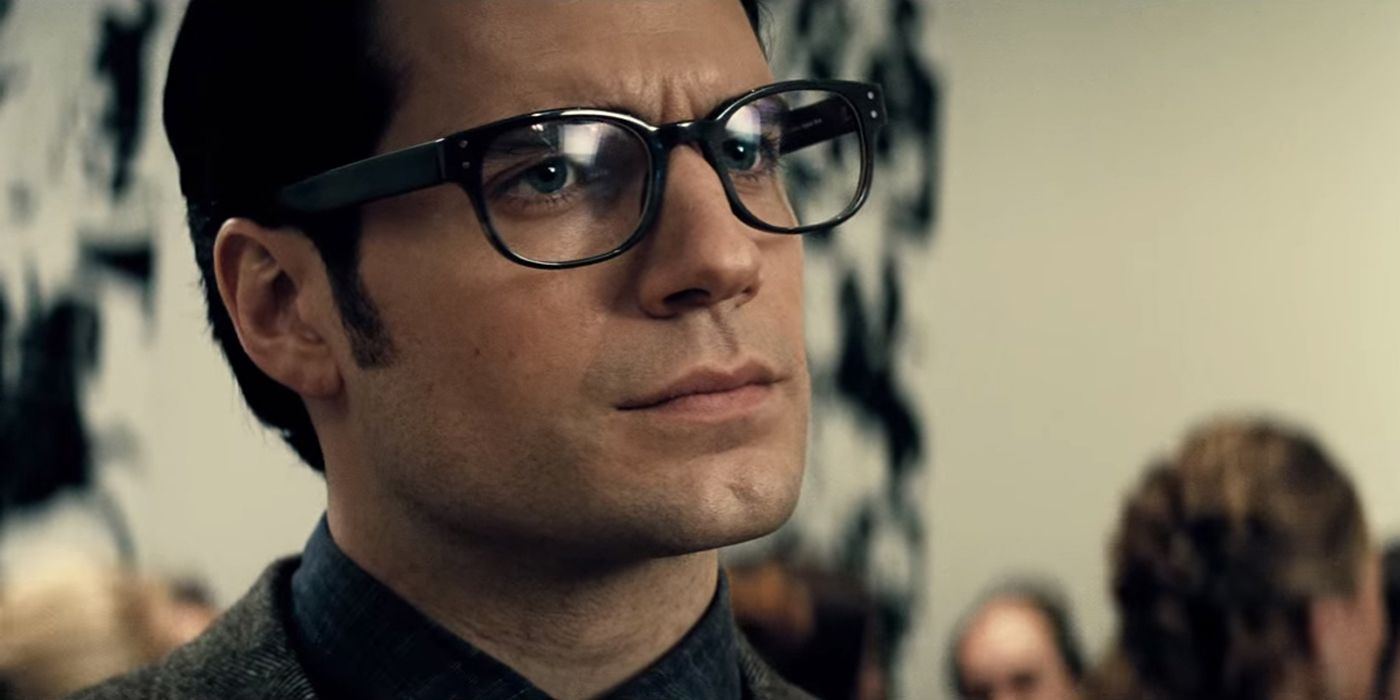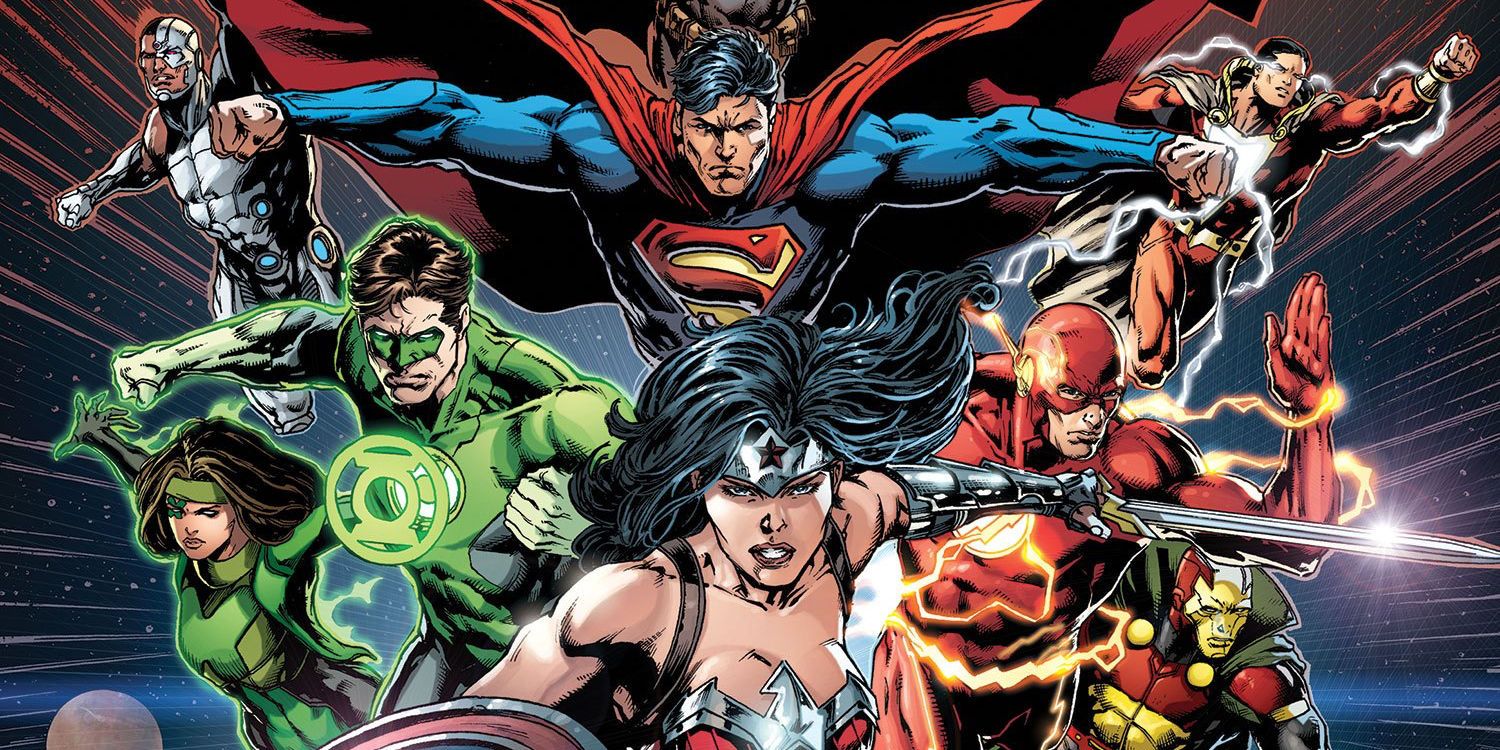DC Comics now owns some of the biggest names in comics. But not all their heroes and villains debuted as the characters they have evolved into today. Even the publisher itself went through a metamorphosis over the decades. From its beginnings as National Allied Publications in the 1930s to the powerhouse it's become today, DC Comics, or Detective Comics, has gone through the ringer, and so have their heroes!
From one of the first superheroes to gain popularity, Superman, to one of the newest additions to DC's film line-up, Harley Quinn – who didn't even get her start in the pages of a comic book -- there is no doubt that DC has produced some of the most recognizable characters both on paper and on the big screen.
But how much do you really know about the beginnings of The Man of Steel? What other aliases could Wonder Woman have gone by? How many connections and cross-overs are there between DC and Marvel?
Check out these 20 facts about the publication history, origins, early drafts, and other little known tales about some of the most popular characters from DC Comics.
20. Wonder Woman Was Originally Named Suprema
Wonder Woman will finally have her own feature film in 2017. She may be a household name now, as well as the fantasy of many a geek boy's (and girl's!) dreams, but originally she was supposed to be named Suprema.
In the 1940s, the internationally famed psychologist and inventor of the lie-detector test, Dr. William Moulton Marston, was featured in an article by his partner, whom he later fathered children with, Olive Byrne, to address concerns about the negative effects of comic books on children.
Charlie Gaines, the publisher of Superman at the time, was so impressed by his thoughts that he hired Marston as a consulting psychologist. Marston immediately suggested that the best way to counter the attack on comic books was to create a female superhero. Gaines was unconvinced, so in February 1941, Marston submitted his first story draft for Suprema, the Wonder Woman.
Sheldon Mayer, who was the editor of Superman, was assigned to work on the project and dropped her name – possibly because it was too similar to “Superman.”
19. Wonder Woman And Green Lantern Were Going To Be An Item
Another scrapped detail about Wonder Woman, was a strange paring between the two Justice League pals. Thankfully this plan will not be revived, despite rumors that actor Chris Pine, who will play her love interest, Steve Trevor, on film, was also up for the role of Green Lantern.
Before Wonder Woman and Superman became more than just super friends, she also used to date Batman. But even more strangely, she was also supposed to have a love story with Hal Jordan, AKA Green Lantern.
The story was drafted in the 1970s, but had to be tossed because it just so happened that a fan wrote in to suggest the exact same odd romantic pairing. Due to legal reasons, DC could not push through with the storyline. So we may never know if Wonder Woman and Green Lantern may have been a super couple or if, as his love interest, she might have somehow stopped his killing spree of the Green Lantern Corps when he turned into Parallax.
18. Adam West Was Not The First Movie Batman
Speaking of movies, contrary to what many think, the first movie about Batman was not the 1966 film starring Adam West, Batman: The Movie.
In fact, two years prior to that classic cheese-fest's release, Andy Warhol featured the Caped Crusader in a black and white film Batman/Dracula. Like Batman: The Movie, Batman/Dracula was a goofy homage to the comic book hero, though a significantly stranger one.
Warhol did not have the permission of DC Comics to use the character and the film was only screened at some of his art exhibits. Batman was played by acclaimed undergound cinema director Jack Smith. The movie was reportedly filmed on various rooftops in New York City and on the beaches of Long Island.
Unfortunately, the film was thought to be lost after Warhol's death, until some scenes were included in the documentary Jack Smith and the Destruction of Atlantis (2006). It is believed that only 40 per cent of the film is still intact.
17. The Joker and Harley Quinn Were Just Throwaway Characters
One cannot talk about Batman without also mentioning his ultimate adversary, the Joker. And these days, the green-haired psychotic killer is often seen hand-in-hand with his on-again-off-again love, Harley Quinn.
With Harley fever currently at an all-time high due to her first feature film appearance in Suicide Squad, many already know that she was originally written for an episode in Batman: The Animated Series. But creators Paul Dini and Bruce Timm saw too much fire in her and decided to bring her on for more episodes. Her character was a hit and she has become one of the most adored villains in the DC universe.
But did you know that Harley's Mister J, the Joker, was also originally supposed to be a throwaway character as well? Batman's arch nemesis was first introduced in Batman #1 in 1940. Creator Bob Kane had no further plans for The Joker, and even fought with studio writer Bill Finger about him, because he thought he was “too clownish.”
But book editor Whitney Ellsworth saw the potential in the Joker and convinced Kane to change his mind. As a result, a hastily drawn panel which showed the Joker coming back to life was put together, following a panel that showed him accidentally stabbing himself to death.
Thus, the Joker came back to taunt and play with Batsy for decades to come.
16. The Joker Was Once The Iranian Ambassador to The U.N.
One of the many times the Joker put the entire free world in danger was in the late 1980s Batman series, A Death in The Family. The book featured the Joker as the Iranian Ambassador to the U.N. He was appointed to the position by the Iranian leader, Ayatollah Khomeini, himself.
In this position, Batman could not get near him, as his diplomatic immunity protected him from being arrested for any of the crimes he committed.
His stint, however, was short lived. After lamenting in his speech that both he and the Iranians are “treated with disrespect by the rest of the world,” he revealed his true plan soon enough – to poison everyone in the General Assembly. Both Superman and Batman saved the day but even when his Iranian-sponsored escape chopper crashed into the sea, his corpse was nowhere to be found. This allowed him to, once again, return from the dead.
15. Batman Was Originally Blond
Batman's look may have altered over the decades, but certain iconic pieces remained to keep him recognizable as the Dark Knight: his dark suit and cape, and his pointed-ear cowl.
Though, over his 75 year history, minor alterations have been made (like pointier ears from time to time, or sturdier gear), the most significant change from his early days was to (understandably) change his suit from blue cloth to dark armor.
However, none of these were present in creator Bob Kane's original design for Batman.
Kane drew Batman wearing a bright red leotard and sporting a full head of blond hair. Although his dark cape was already present in this first draft, the look reminds fans today more of Robin's look rather than Batman's.
Thankfully, Bill Finger completely changed the design into more of the Batman we now know today. Even though he was the co-creator of Batman, he was only given credit for this in 2014.
14. Superman Could Have Been A U.K. Super Hero
With his red and blue costume and his immovable drive to fight for the values of truth and justice, Superman has been seen as the ultimate American superhero (co-created by Canadian artist, Joseph "Joe" Shuster). But what if Kal-El's pod from Krypton did not land in a farm in Kansas? What if Superman had grown up in the United Kingdom instead?
This was the premise behind the reimagined story of Superman's origins by writer and comedian, John Cleese.
Superman: True Brit was published in 2004 under DC Comics' Elseworlds series. "Clark Kent" does not exist in this story. Instead, the very British Clarks, who find the crashed pod in Weston-super-Mare in England, mistakenly hear Kal-El's name as “Colin.” And so they raise Colin Clark to be a proper British boy who would grow up to fall in love with a girl named Louisa Layne-Ferret and write for the tabloid, the Daily Smear.
13. A Ukranian Superman Was Also Created
If a British Superman isn't far-fetched enough, in the previous year, the Elseworlds series also published a three-issue book featuring a Superman who had been raised in the Soviet Union.
In Superman: Red Son, Kal-El crashed onto a Ukranian collective farm. The name his adoptive parents on the farm gave him was a state secret and when he started performing his heroic feats, instead of radio broadcasts heralding his fight for “truth, justice, and the American Way,” he was instead described as “the Champion of the common worker who fights a never-ending battle for Stalin, socialism, and the international expansion of the Warsaw Pact."
Mark Millar wrote the Red Son series and the books were nominated for the 2004 Eisner Award for Best Limited Series. The costumes worn in the Red Son comic by Superman, Wonder Woman, Green Lantern, Solomon Grundy, Deathstroke, and Batman were also used in the video game Injustice: Gods Among Us, where several missions in the game were also based on storylines from the series.
12. Superman Couldn't Fly
Many different versions of Superman certainly exist in many parallel universes and reimagined storylines, but even the most recognizable version of Superman we know today did not always have the powers he is most well known for.
Originally, Superman could not even fly. His powers only enabled him to “leap over tall buildings in a single bound.” This was only altered in the 1940s, when animators of the Superman cartoon requested he be given the ability to fly instead.
The animation technology that Fleischer films used at the time was a form of rotoscoping and it would have been too tedious for them to hand-draw him leaping from place to place to get to his destination.
Reportedly, the Fleischers did attempt to animate Superman leaping over tall buildings, but they thought it was “silly looking.” So, they requested DC Comics (then still called Action Comics) to change his superpower to flying.
11. Superman Wasn't Always Crippled By Kryptonite
Superman's most known and most exploited weakness, kryptonite, was also not originally in his story.
It was actually a hastily written up plot device for the 1943 Superman radio show that could explain the disappearance of Superman for a week. Bud Collyer, who voiced Superman for the show, went on a one week vacation so the writers had to come up with an excuse for why the indestructible hero was missing in action.
After the radio broadcast, kryptonite was officially introduced into the comic book in 1949's Superman #69. But it would not get its signature green hue until many years later, when it was used to sabotage a ship Superman was in. He did not detect it at first because the radioactive green rocks were hidden behind lead walls lining the ship so that his x-ray vision could not penetrate them.
Thus, Superman's greatest and most mocked weakness was invented.
10. Superman's Weak Disguise Was Explained
Another detail that fans and observers like to poke fun at is Superman's disguise as mild-mannered reporter, Clark Kent. How is no one able to recognize him just because he puts on a pair of glasses?
But DC has given an explanation for this phenomena in Superman #330 "The Master Mesmerizer of Metropolis." No one can recognize Clark Kent as Superman because his glasses are made of Kryptonian Plexiglas from his crashed ship. This technology helps him project the image of Clark he wants them to see on a subconscious level.
Fans have also come to the defense of the Clark Kent disguise by pointing out that aside from hypnosis, Superman also completely puts on the persona of “mild-mannered” reporter by wearing ill-fitting suits, changing his hairstyle, and supposedly even changing his eye color when he wears his glasses.
In addition, it has also been suggested that Superman can compress his spine, making himself shorter when he is Clark Kent.
9. The Significance of L.L. initials
Lois Lane, Lex Luthor, Lana Lang – Superman's world seems to be filled with people with the initials L.L. Although there has never been an official reason for this, some have speculated that what started as a coincidence then turned into a running joke.
Lois Lane was the first character to have the fateful initials. Lex Luthor was actually not even originally named Lex. He was only refered to as “Luthor” in his first appearances. His original first name of “Alexei” was not revealed until much later in his evolution. This was later shortened to simply, Lex.
Lana Lang was created as a Lois figure for a younger Clark Kent in 1948. From then, the L.L. initials most likely became a running gag in DC as many other people shared the name alliterated letters – Lucy Lane and Linda Lee (created in the 1984 Supergirl movie), Lionel and Lena Luthor, Lewis Lang, etc...
8. Lex Luthor's Hair, Or Lack Thereof
Lex Luthor's name was not the only detail that went through a major change. When he first appeared in Action Comics #23 in 1940, he debuted with his plans to take over the world, complete with a full head of ginger hair.
Luther didn't appear with a bald head until the next year due to an artist error. Superman's co-creator, Joe Shuster, often hired “ghost artists” to help him pencil and ink some of the Superman comics. The artist who inadvertently created Luthor's signature bald look was Leo Nowak. Apparently, he accidentally used one of Luthor's henchman from Superman #4 as his reference for the panel.
Reportedly, Shuster preferred drawing bald characters anyway, so he got the approval from his Superman co-creator, Jerry Siegel, to let the more striking look stick.
Lex Luthor's bald noggin became his signature look and in 1960, Siegel even wrote a story to explain it in Adventure Comics #271.
7. The Super Origin of the word “Brainiac”
Lex Luthor was not the only villain Superman had to face. Another major bald-headed adversary was Brainiac, who first appeared in 1958's Action Comics #242. He was responsible for shrinking and stealing Kandor, the capital city of Superman's home planet, Krypton.
Brainiac's name was a portmanteau of the words brain and ENIAC – the acronym for the first general-purpose computer contructed in 1943. But the word "brainiac" has since been adopted into the English language.
According to Merriam-Webster's Learner's Dictionary, the simple definition of braniac is “a very intelligent person.”
In the 1980s Silver/Bronze Age of DC Comics, Brainiac and Lex Luthor fused when the latter found his robotic head in the “Whatever Happened to The Man of Tomorrow?” storyline. Brainiac took control of Luthor's body and teamed up with the Legion of Super-Villains to destroy Superman. But Luthor fought for control and begged Lana Lang, whom Superman had given powers, to kill him by breaking his neck. Luthor died, but Brainiac still maintained some control of his corpse until rigor mortis set in.
6. Supergirl Was Part of the Red Lantern Corps
We now know that Superman is not the only survivor of Krypton. Among the many who survived the destruction of their home planet is Kara Zor-El, his cousin who took on the hero name of Supergirl.
Unlike Superman, who grew up on Earth and had his whole life to adapt to his super powers, Kara's powers came as a shock to her and even scared her. Although she saves the day just like her older cousin, her life on Earth has been marked with much more confusion and frustration.
Her sometimes uncontrollable rage became strong enough to catch the attention of the Red Lantern Corps, which she became a member of. The affiliation did not last for too long though, because she eventually successfully destroyed her own Red Lantern Ring without the help of a Blue Lantern.
She was the only former member of the Red Lantern Corps able to do this, because her powers enabled her to channel energy from the yellow sun of Earth.
5. Jem and the Holograms And DC Connection
It takes a team or writers and artists to create a successful series. One writer who has worked on DC's Birds of Prey and revamped Amethyst for a new generation in the now-defunct Sword of Sorcery animation is Christy Marx.
Many best know Marx for her work as the creator of Hasboro's Saturday morning cartoon series, Jem and the Holograms. A comic book fan even as a child, she shared in interviews that she was always looking for a female role model in the pages of her favorite serials, even going as far as drawing skirts and long hair on Robin so that Batman's sidekick could be a girl instead.
Her talent for creating strong female characters of substance lead her to write and improve many memorable characters and has even worked with Stan Lee in creating the character Firestarter for the show Spider-Man and His Amazing Friends.
4. Why It's Spider-Man Not Spiderman
The mystery of the hyphen in Spider-Man's name was addressed by Stan Lee himself in a series of Twitter posts in 2010.
According to Lee, he and co-creator Steve Ditko, didn't want fans to confuse the web-slinging hero with the decades long staple of comic books, Superman.
“‘Spider-Man.’ Know why? When I first dreamed him up I didn’t want anyone confusing him with Superman!” he posted.
But, as pointed out on the blog Grammarphobia, Lee might be fuzzy on the details as Spidery's first appearance on the cover of the final issue of the magazine Amazing Fantasy in 1962, printed his name as two words: Spider Man.
In any case, Lee, as president of Marvel Comics at the time, wanted to make that distinction in order to avoid infringing on DC Comics' trademark of the name Superman.
3. Stan Lee Worked for DC Comics
After he left Marvel in the late 1990s, Stan Lee took on a job with the company's biggest (friendly) rival – DC Comics! He created his own versions of popular character as how he would have written them in a series called Just Imagine, published in 2001.
The series featured 13 issues, each with Lee's own take on Superman, Batman, Wonder Woman, Green Lantern, Aquaman, Catwoman, the Justice League, Captain Marvel, Robin, and even Sandman.
Lee's version of Superman was modeled after the original, created by Jerry Siegel and Joe Shuster, whose powers did not include flight. This is a characteristic Lee has said he always found “frustrating” about the Man of Steel because it was not scientifically sound.
Another way he put his own spin on the already famous characters was to give them alliterated names for their secret identities – like Wayne Willams instead of Bruce Wayne – a trick he was fond of doing for his Marvel heroes because he thought it helped readers remember them more.
2. Clark Kent Exists in the Marvel Universe
Official and unofficial cross-overs between DC and Marvel occur frequently. Clark Kent exists in the Marvel Universe, although not as his super-powered self. In Marvel, he simply exists as a mild-mannered reporter who writes about super heroes rather than join the fray himself.
Clark Kent in the Marvel universe can be spied as early as 1976 in X-Men I #98, where Lois Lane and even Stan Lee also make cameo appearances during a party. He shows up several more times over the years, usually walking in on heroes while he is on a beat, or during press conferences, TV news casts, and other social events where superheroes and mutants are involved.
His most memorable appearances are when he bumped into Thor at S.H.I.E.L.D. headquarters and nearly recognizing him as the god-turned-superhero, a time when he danced with She-Hulk at a party in Avengers #325, and the time he even had to be rescued by Ghost Rider.
Clark Kent is also a friend of Joe Robertson, who works for The Daily Bugle, whom he visits from time to time.
1. DC Almost Sold Their Best Heroes To Marvel
In 1984, Marvel dominated the comic book market and DC was struggling to make a profit. According to Jim Shooter, one of Marvel's most controversial editors, they missed out on a chance to own some of the biggest names in the DC line-up because Jim Galton, Marvel's President at the time, rejected DC's offer to buy Superman, Wonder Woman, Batman, Green Lantern, and other heroes. Allegedly, in Galton's opinion, DC must not have been doing well with sales because, “those characters must not be any good.”
Shooter claimed on his blog that he prepared a publishing plan to convince Galton that Marvel could do much better than DC with the characters. Others at Marvel were also excited about the prospect of taking over some of DC's most popular titles. A full cover for Superman: 1st Marvel Issue! was even created by artist, John Byrne.
Ultimately, the deal fell through because Marvel was plagued with an anti-trust lawsuit by First Comics. And the last thing they needed in the midst of anti-trust allegations was to be seen as “devouring their largest competition.”
Suicide Squad is scheduled to arrive in theaters on August 5, 2016, followed by Wonder Woman on June 2, 2017; Justice League on November 17, 2017; Aquaman on July 27, 2018; an untitled DC Film on October 5, 2018; Shazam on April 5, 2019; Justice League 2 on June 14, 2019; an untitled DC film on November 1, 2019; Cyborg on April 3, 2020; and Green Lantern Corps on July 24, 2020. The Flash and Batman solo movie are currently without release dates.

